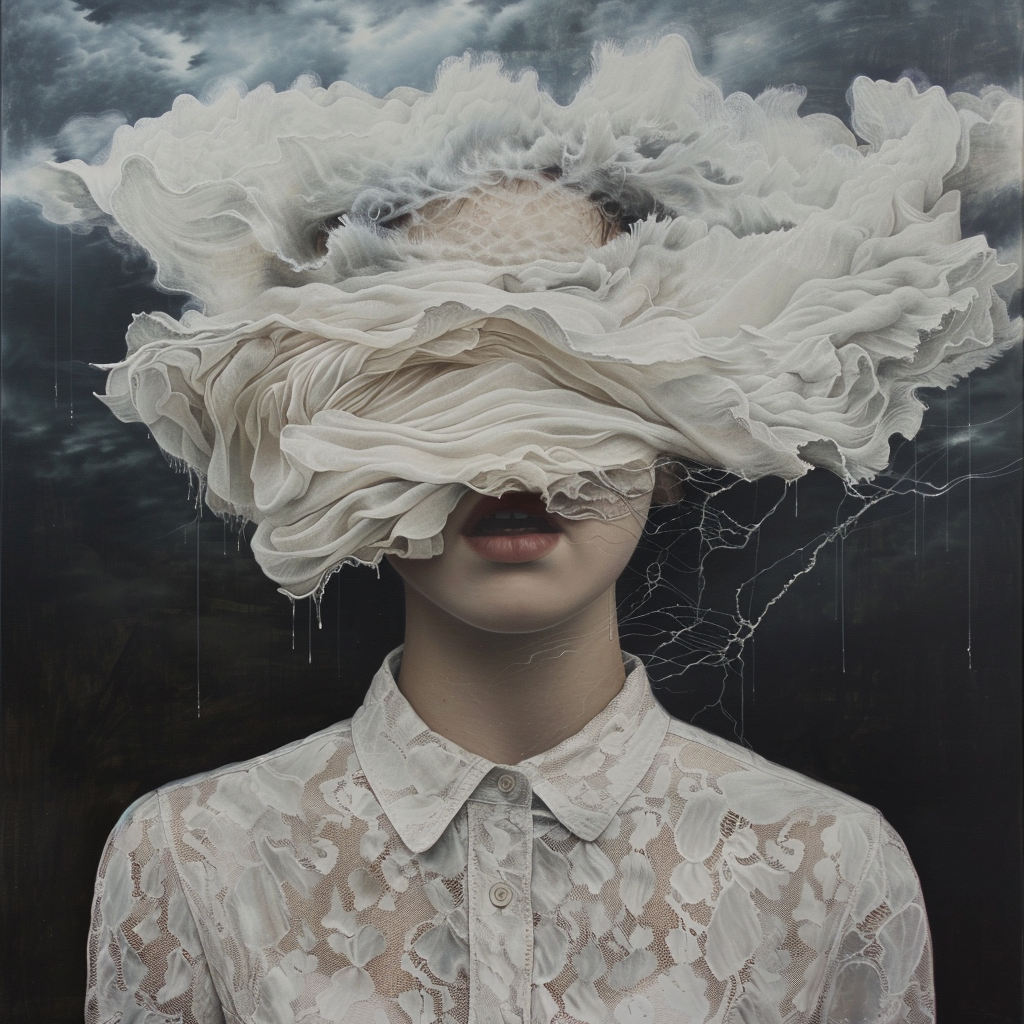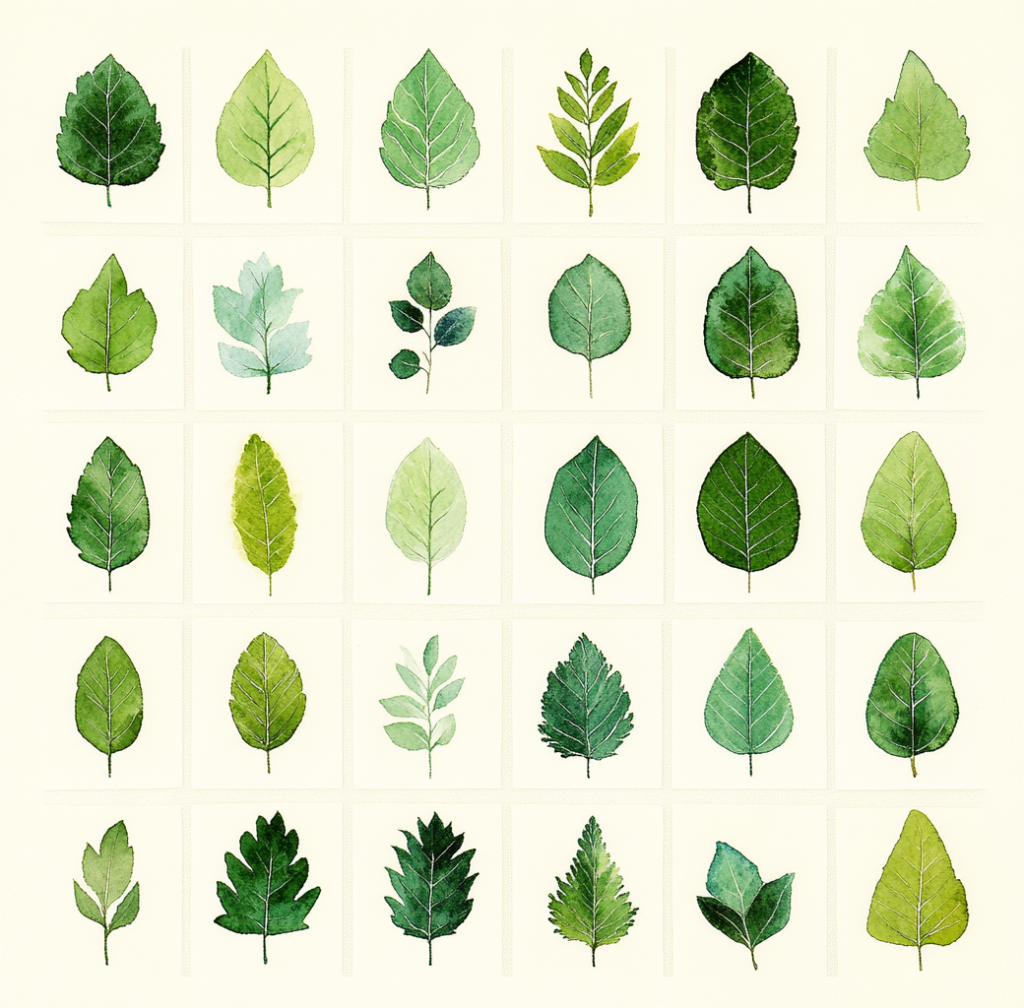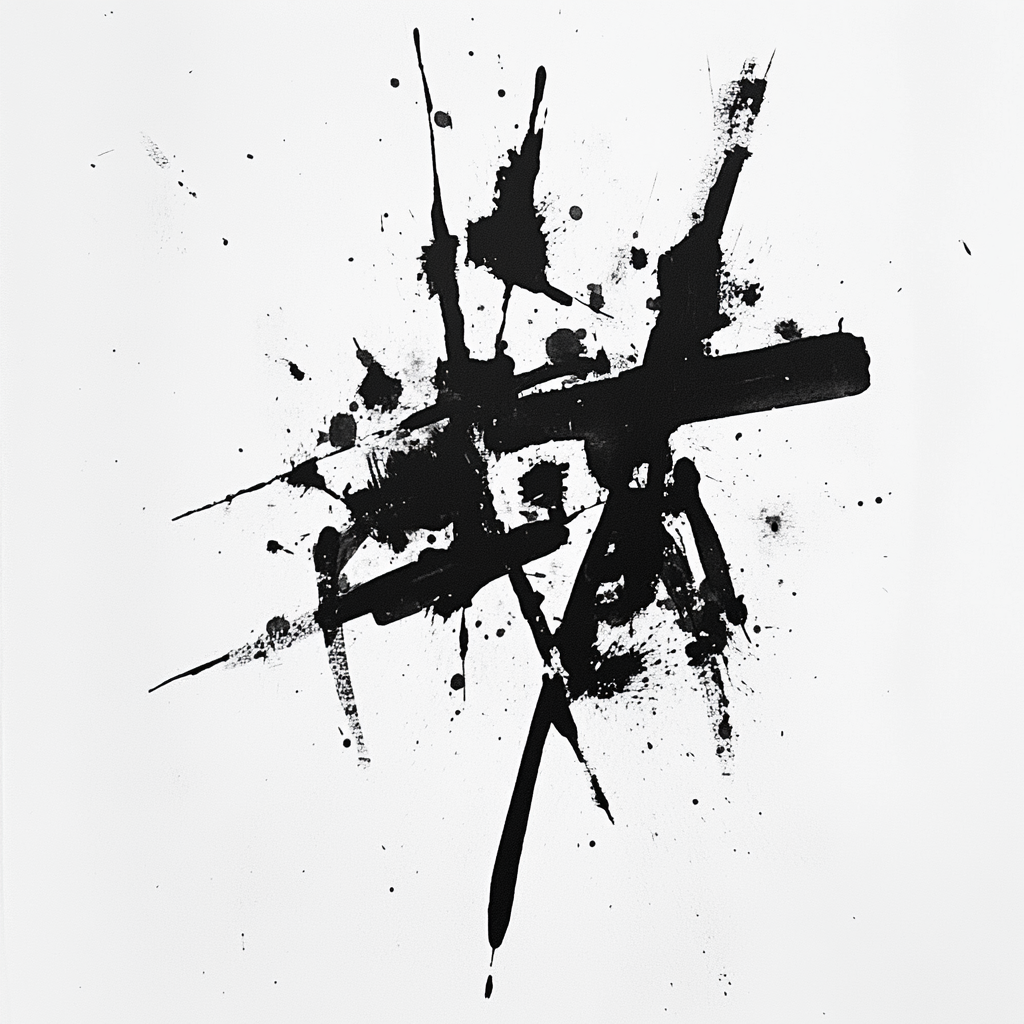This is a meditation on the shifting agency of algorithms—once confined to calculation, they have emerged as active forces in the generation of knowledge. It reflects on how this transformation unsettles conventional ideas of authorship, intention, and understanding, inviting us to reconsider the delicate interplay between human thought and machine influence in shaping our reality. A continuation of my earlier post Abstracted Intelligence: AI, Intellectual Labour, and Berkeley’s Legacy in Public Policy. A reading list is below.
The algorithm has quietly evolved from a tool of calculation into a generative force shaping the very terrain of knowledge. No longer confined to precise computation alone, it now participates actively in structuring how we understand, interpret, and create. As Wendy Chun demonstrates, these systems do more than process inputs—they habituate us, embedding themselves deeply into our cognitive and social rhythms. This evolution signals a fundamental reconfiguration of knowledge itself: no longer solely the product of human cognition or systematic observation, knowledge emerges through recursive, machine-driven processes that entwine human and computational agency.
At the heart of the algorithm lies a set of rules designed to produce outcomes, but its function has expanded far beyond problem-solving. Luciana Parisi’s insight into algorithmic speculation captures how these processes generate novelty and reshape aesthetic and epistemic landscapes rather than simply calculate or represent. Algorithms now inhabit artistic, cultural, and social realms where they do not merely answer questions but frame the very logic through which questions arise. As Alexander Galloway emphasizes, the algorithm operates at the level of interface—a mediator where legibility is constructed and constrained, and where meaning becomes both possible and limited. This shift subtly relocates authority: from human hands to encoded processes, from fixed categories to contingent and often opaque patterns.
The consequences of this shift are profound. Tarleton Gillespie’s work reveals the infrastructural labour behind these systems, which govern visibility and legitimacy in ways frequently invisible to those governed by them. Algorithms do not simply replace human decisions; they reconfigure the conditions of decision-making itself, often beneath the surface. Their generative capacity introduces complexity and opacity, producing outcomes that exceed the understanding of their creators. These recursive patterns complicate verification and accountability, exposing a form of epistemic vulnerability that challenges traditional frameworks for knowledge and governance.
Expanding this perspective, Benjamin Bratton situates algorithms within a planetary computational architecture that transcends local or institutional boundaries, reconfiguring sovereignty, cognition, and identity at a global scale. This shift implicates knowledge production in a vast technical stack that governs infrastructures of power and information flow across geographies and societies. Kate Crawford grounds these theoretical insights in material realities, illustrating how AI and algorithmic systems are embedded in extractive economies, labor conditions, and environmental costs. What may appear as immaterial knowledge production is inseparable from physical and political infrastructures that shape and constrain the possibilities of computation.
Viewed through this lens, algorithmic processes resemble dynamic narratives unfolding through layers of input, context, and recombination. Like storytellers without fixed authorship, these systems orchestrate data flows and conditional operations to produce forms that exceed their components. The outputs are not passive reflections but active interventions that reorient our relationship with knowledge—from stable transmission toward real-time interpretation and negotiation. This dynamism signals both power and precariousness, demanding ongoing reassessment of assumptions and a willingness to confront the shifting locus of interpretive authority.
The visual arts offer a vivid example of this transformation. Generative algorithms produce imagery that moves beyond imitation to invention, collaborating with human creators while introducing unpredictability and chance. This interplay opens new aesthetic spaces but carries risks: the flattening of complexity, amplification of bias, and erosion of clear boundaries between authorship, intention, and effect. The algorithm becomes a co-creator and gatekeeper, shaping the field of possibility even as it expands it.
This transformation reflects a deeper epistemological turn. Knowledge no longer appears as fixed or discrete but emerges within dynamic, recursive systems that resist containment or full comprehension. Algorithms function as agents in the production of meaning, their agency demanding reflection on not only what they enable but also what they obscure or distort. In both artistic and intellectual practice, the tension between human intention and algorithmic variation generates new possibilities while compelling vigilance. When opacity deepens and systemic influences become normalized, the risks extend beyond creativity into the realm of knowledge itself.
This challenge recalls earlier philosophical critiques of abstraction and the limits of knowledge that I have talked about before. The eighteenth-century philosopher George Berkeley, for instance, challenged the legitimacy of abstract mathematical entities—infinitesimals—that lacked direct empirical manifestation. Such critiques resonate today as we grapple with algorithmic processes that often operate as “ghostly inferences,” producing outcomes whose internal workings and assumptions remain intangible or obscured. Like Berkeley’s warning against unmoored abstractions, this calls us to critically examine the epistemic foundations and consequences of the algorithmic turn. See my post on Berkeley for more here.
Emerging from this shift is a new epistemic condition: knowledge as emergent, relational, and mediated through evolving systems. In this environment, we become not only interpreters but stewards—charged with critical engagement and ethical responsibility for the infrastructures of meaning that shape our world. This requires embracing process over product, contingency over fixity, and acknowledging the redistribution of agency from cognition to computation, from conscious intent to iterative dynamics. The challenge moving forward is to interrogate not only what these systems make possible but to ask persistently under what assumptions, for whose benefit, and at what cost.

A short reading list from sources that I have read over the last few years on this topic.
Taken together, these six works form a conceptual constellation that reframes the algorithm not as a neutral instrument, but as an active participant in the production of knowledge, culture, and power. Wendy Chun foregrounds how algorithms habituate us, not just through interface but through repetition and memory, revealing the affective and social dimensions of computation. Luciana Parisi pushes further, showing that algorithms speculate—they generate rather than merely calculate—thus altering aesthetic and epistemic landscapes. Galloway’s analysis of the interface illuminates the algorithm as a mediator of meaning, a site where legibility is constructed and constrained. Tarleton Gillespie turns to the infrastructural labour behind algorithmic systems, exposing how platforms subtly police visibility and legitimacy under the guise of neutrality. Benjamin Bratton scales this transformation globally, mapping a planetary computational architecture that reconfigures sovereignty and cognition alike. And Kate Crawford grounds these abstractions in the material and political, revealing how AI and algorithmic systems are inseparable from extractive practices, labour exploitation, and environmental cost. As a group, these texts chart a shift in thought: from seeing algorithms as tools of control to understanding them as environments—generative, recursive, and contested—within which control, creativity, and understanding are continuously renegotiated.
- Wendy Hui Kyong Chun – Updating to Remain the Same: Habitual New Media (MIT Press, 2016)
- Explores how algorithms and digital media habituate us to certain ways of knowing and acting. Chun shows how algorithmic processes become embedded in cultural habits, altering not just behavior but epistemology itself.
- Luciana Parisi – Contagious Architecture: Computation, Aesthetics, and Space (MIT Press, 2013)
- A foundational philosophical text that interrogates the generative and aesthetic capacities of algorithms. Parisi argues that algorithms do not just calculate but speculate—producing new forms and knowledges that exceed prediction.
- Alexander R. Galloway – The Interface Effect (Polity, 2012)
- Offers a media-theoretical framework for understanding how interfaces, including algorithms, shape the legibility and structure of information. Galloway positions computation as a material force that mediates meaning.
- Tarleton Gillespie – Custodians of the Internet: Platforms, Content Moderation, and the Hidden Decisions That Shape Social Media (Yale University Press, 2018)
- Focuses on how algorithmic systems shape public discourse and knowledge indirectly through moderation and platform design. Useful for understanding algorithmic authority and its hidden, infrastructural power.
- Benjamin Bratton – The Stack: On Software and Sovereignty (MIT Press, 2016)
- Presents a large-scale conceptual architecture of how planetary-scale computation reconfigures politics, knowledge, and space. Bratton positions algorithms as part of a new epistemological and ontological regime.
- Kate Crawford – Atlas of AI: Power, Politics, and the Planetary Costs of Artificial Intelligence (Yale University Press, 2021)
- A critical book-length study that reframes AI as an extractive and epistemic infrastructure. It explores how algorithms shape knowledge, authority, and power through material, political, and environmental systems—especially illuminating for understanding the unseen costs and global asymmetries of machine-driven processes.



























































































